Three days before, her daughter, CKE (13 years old), had a stomachache. Through a relative's recommendation, she took her child to MEDLATEC Go Vap for a check-up. Here, Dr. CK1 Bui Thi Cam Binh, Internal Medicine - Cardiology specialist, in charge of the clinic, diagnosed her child with ileitis through ultrasound and prescribed treatment.
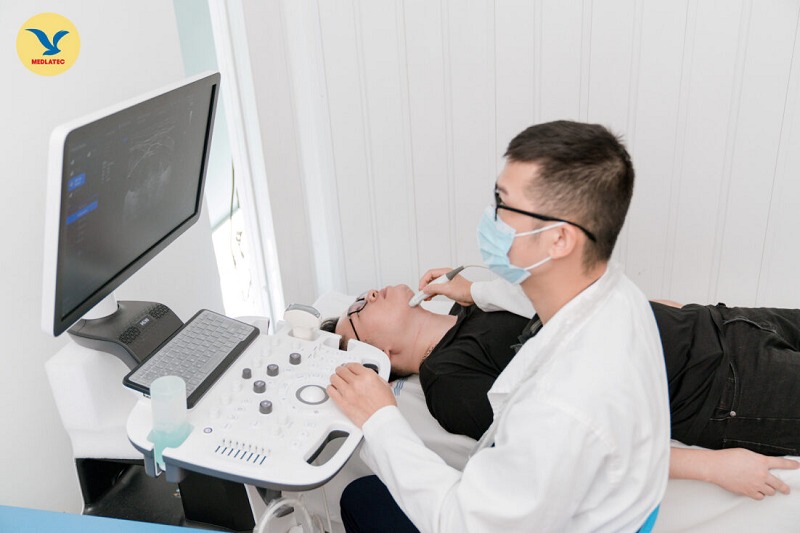 |
| Illustrative photo. Photo is not related to the content of the article. |
Impressed by Dr. Binh's professional and dedicated work, Ms. K. returned the next day for her own health check-up. Although she had been examined in the US, she only registered for diagnostic imaging techniques such as thyroid ultrasound, breast and abdominal ultrasound, electrocardiogram and chest X-ray.
The ultrasound results showed that she had a solid nodule in the right lobe of the thyroid gland, measuring 7.5mm. The nodule was not hypervascularized and not calcified. These are signs often associated with cancer. However, according to the TIRADS classification system, this is a group 4 nodule, with a moderate suspicion of malignancy.
Based on these results, Dr. Binh recommended that she undergo a fine needle aspiration (FNA) to determine the exact nature of the tumor. Initially, because she had no symptoms and was preparing to fly back to the United States, she refused to undergo the procedure.
However, after Dr. Binh explained in detail the risk of missing cancer if she did not do FNA, and promised to send the results after she returned to the US, Ms. K. agreed to do it.
Under ultrasound guidance, the doctor performed FNA in the Pathology Department. The obtained cell sample showed typical features of papillary thyroid cancer including bright nuclei, dentate nuclei, papillary arrangement and possible inclusions in the nucleus. Final conclusion: Papillary thyroid carcinoma, Bethesda group VI.
Ms. K. was officially diagnosed with papillary thyroid cancer, the most common type of thyroid cancer, accounting for about 80 - 85% of cases.
According to Dr. Binh, thyroid cancer is a silent disease, often without obvious symptoms in the early stages. If ultrasound is not performed carefully or the risk level is not properly assessed, small nodules can easily be overlooked.
“In TIRADS 4 cases, even if the nodule is only 7-8 mm, the doctor still needs to consider performing FNA. We cannot wait until the nodule is large and shows clear signs of malignancy before treating it. Individualizing treatment is a mandatory principle,” Dr. Binh shared.
Usually, FNA is indicated if the nodule is TIRADS 4 and larger than 1.5 cm; the nodule is smaller than 1 cm but has suspicious features on ultrasound.
However, the decision whether to perform FNA or not should be based on experience, overall assessment, and caution in each case.
In fact, Dr. Binh once met a patient with a thyroid nodule classified as TIRADS 5, the highest level of suspicion. This patient subjectively did not do FNA and only returned for a check-up a year later.
At that time, the results determined that it was papillary thyroid cancer. Unfortunately, the disease had metastasized to group 6 lymph nodes, near the aorta. The patient was forced to undergo surgery, radiation therapy and much more complicated additional treatment.
From many years of treatment experience, Dr. Binh emphasized that no one can live peacefully with a cancerous tumor in their body. The earlier it is detected, the better the prognosis and the easier the treatment. If delayed, cancer can invade and metastasize, causing the patient to have to undergo many serious interventions.
For thyroid diseases, especially papillary cancer, regular check-ups, proper ultrasound techniques, and thyroid nodule assessment according to the TIRADS system are decisive factors for early detection.
After detecting thyroid nodules, patients need a close monitoring strategy including regular ultrasound, FNA when necessary, pathological anatomy if suspected and timely treatment intervention if cancer is determined.
Doctors also recommend that people should not be subjective when unusual symptoms appear such as: neck tumors, feeling of choking, difficulty swallowing, prolonged hoarseness, sore throat, unexplained weight loss... These could be early signs of thyroid disease that need to be screened.
Source: https://baodautu.vn/viet-kieu-my-vo-tinh-phat-hien-ung-thu-tuyen-giap-khi-kiem-tra-suc-khoe-tai-viet-nam-d383727.html



![[Photo] Binh Trieu 1 Bridge has been completed, raised by 1.1m, and will open to traffic at the end of November.](https://vphoto.vietnam.vn/thumb/1200x675/vietnam/resource/IMAGE/2025/10/2/a6549e2a3b5848a1ba76a1ded6141fae)




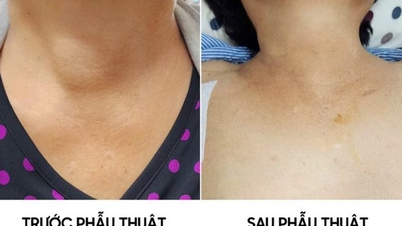

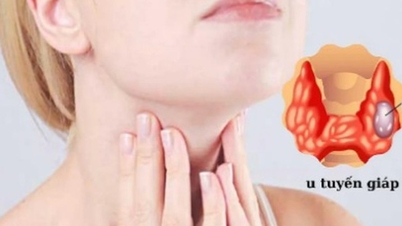
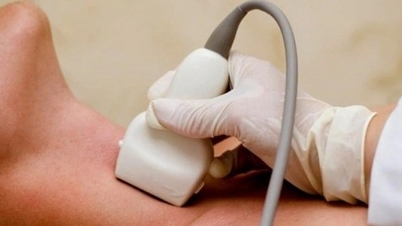



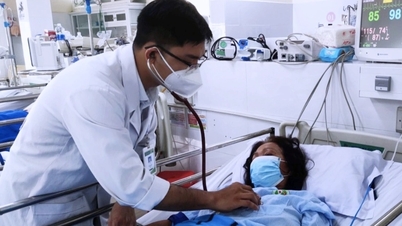

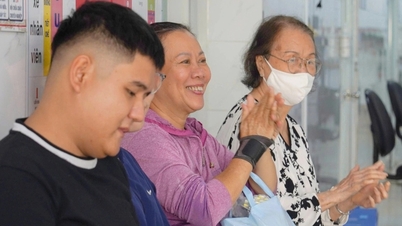
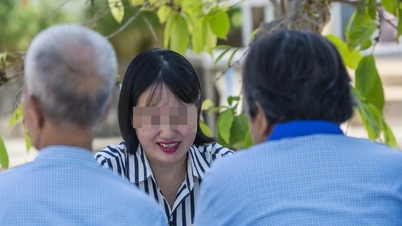
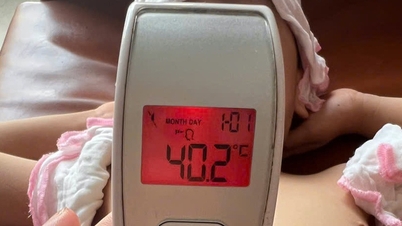










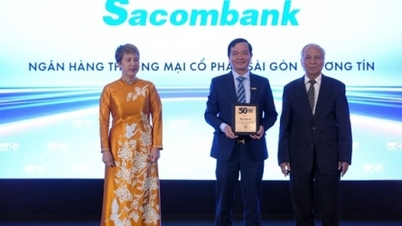

























































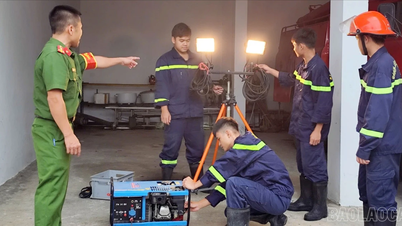












Comment (0)